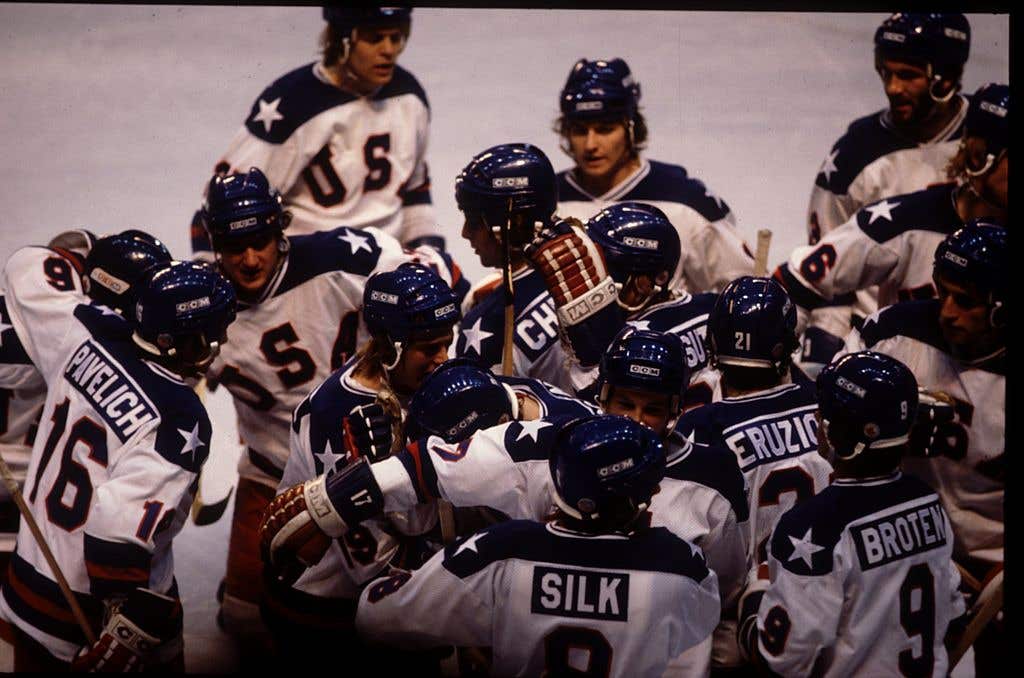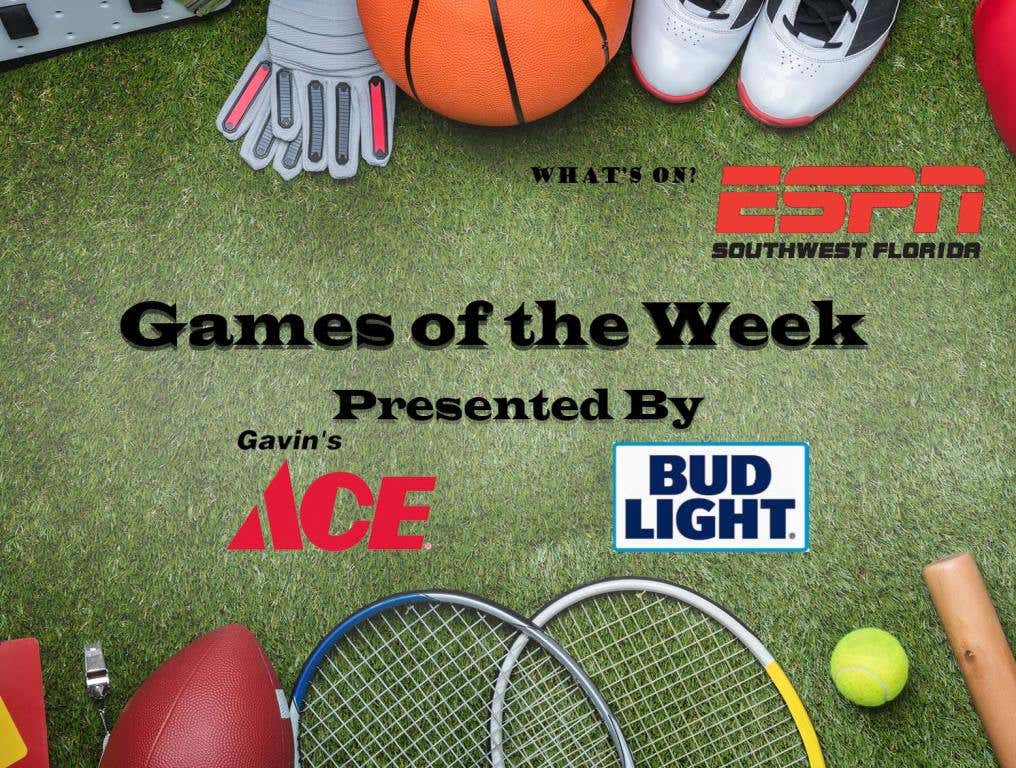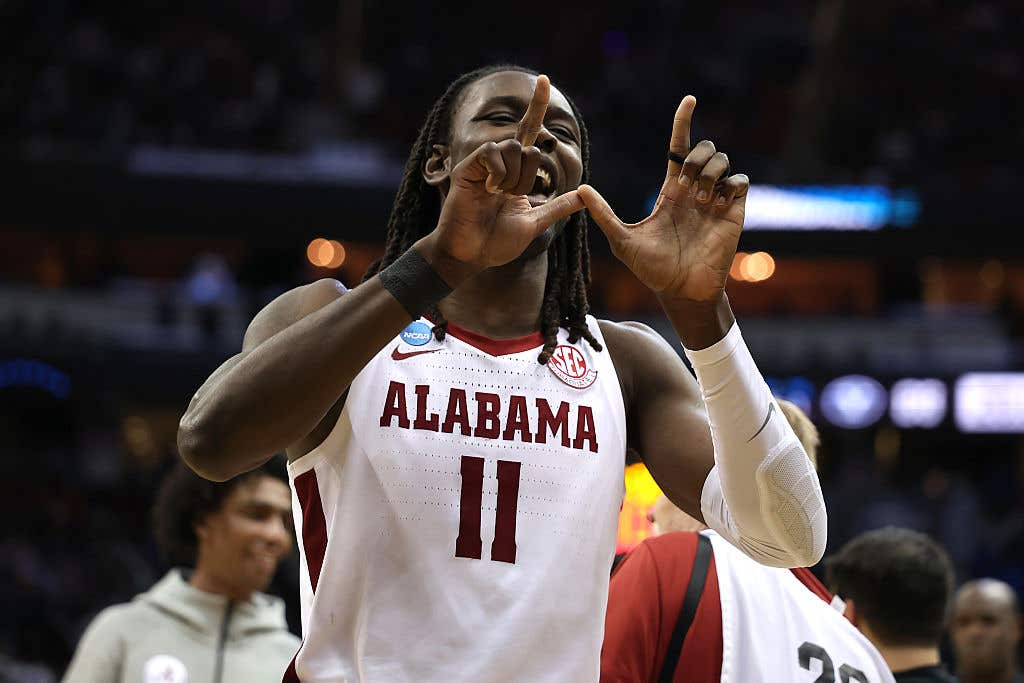
22 Feb 1980: The USA Team celebrates their 4-3 victory over Russia in the semi-final of the Ice Hockey event at the 1980 Winter Olympic Games in Lake Placid, USA. The game was dubbed “The Miracle on Ice”. The USA went on to win the gold medal by defeat
The “Miracle on Ice” 1980 Winter Olympics in Lake Placid, 43 Year Anniversary. I can't believe it's been that many years already since one of the greatest sporting events in American history took place.
Much More Than A Hockey Game
The "Miracle on Ice" is one of the most iconic moments in the history of sports. It refers to the United States men's ice hockey team's unexpected victory over the heavily favored Soviet Union team. The game happened during the 1980 Winter Olympics in Lake Placid, New York.
At the time, the Soviet Union was a dominant force in international ice hockey. They won the gold medal in six of the previous seven Winter Olympics. The American team, on the other hand, was made up of mostly amateur and collegiate players. Many considered them to be a long shot to even compete for a medal.
Despite this, the American team played with incredible determination and heart. In a stunning upset, they defeated the Soviet team by a score of 4-3. The game was closely contested throughout, with the Americans taking the lead early in the third period and holding on for the win.
The victory was not only significant in terms of sports, but it also had political overtones. The Cold War was still ongoing at the time, and tensions between the United States and the Soviet Union were high.
The "Miracle on Ice" remains one of the most memorable and inspiring moments in sports history. It continues to be celebrated by Americans as a symbol of the country's perseverance and ability to overcome long odds.
How Was This Team Built?
Herb Brooks, the head coach of the US men's ice hockey team, held rigorous tryouts in the summer of 1979 in Colorado Springs to select the team for the 1980 Winter Olympics in Lake Placid.
Brooks had a specific vision for the team and was looking for players. Players who would not only be talented on the ice but also mentally tough and able to handle the pressure of playing on the world stage.
Of the 20 players who eventually made the final Olympic roster, only Buzz Schneider had played in the 1976 Olympics. Many of the players selected had previously played for Brooks at the University of Minnesota or Boston University, despite these schools being fierce rivals. In fact, 13 players on the team were from either Minnesota or B.U.
To aid in his selection process, Brooks had each player take a 300-question psychological test that would help him gauge how they would react under stress. Any player who refused to take the test would automatically fail.
The average age of the U.S. team was 21 years. That made it the youngest team in U.S. history to play in the Olympics (in addition to being the youngest team in the 1980 Olympic tournament).
The Miracle On Ice Game Was Not Televised Live
ABC, which held the broadcast rights for the Olympics, had requested to reschedule the game from 5:00 p.m. to 8:00 p.m. EST so that it could be broadcast live in primetime.
However, the IIHF declined the request after the Soviet team complained that the game would air at 4 a.m. Moscow Time if it were played at 8 p.m. in the US. As a result, ABC decided to tape delay the broadcast of the game for its primetime coverage.
Before the game aired, ABC's Olympics host Jim McKay openly stated that the game had already occurred but that they had promised not to spoil its results. Despite this, some viewers still believed that the game was being broadcast live.
To make matters worse, portions of the game had to be edited for time due to coverage of the men's slalom competition. In fact, ABC's 8 to 8:30 p.m. timeslot was devoted to the animated special The Pink Panther in: Olym-Pinks instead of the game.
U.S.A Win Over Russia Was Not A Gold Medal Game
The United States did not win the gold medal by defeating the USSR in the "Miracle on Ice" game. The 1980 Winter Olympics used a round-robin format for the medal round, not a single elimination format. The US team's victory over the Soviet Union was one of several games in the medal round.
Under Olympic rules at the time, the group game with Sweden was counted along with the medal round games versus the Soviet Union and Finland.
Because the United States had the highest strength of victory against all their opponents, it was mathematically possible for the United States to finish anywhere from first to third.
However, the US team went on to win their final medal round game against Finland. Thus securing the gold medal and completing their "Miracle on Ice" run.
I will explain later on today during the Shemon and Sheppard Show today 2-6pm where I was and my reaction. It's quite hysterical and one of the greatest sports days/nights of my life.
Key dates on the 2023 NFL offseason calendar
The best thing about the NFL offseason is that it offers a promise for nearly every team. Unless you're a Lions fan. No matter how good things look in the offseason. No matter how good they ended 2022. You know. They'll find a way to miss the playoffs. Sorry Craig, just playing with you. Even the Detroit Lions have a chance. Probably better than most.
The Arizona Cardinals took a step last week by hiring new head coach Jonathan Gannon after the last guy took off to Thailand with an Instagram model. Gannon has a lot of assistant coach experience, serving as an assistant coach for the Atlanta Falcons, Tennessee Titans, Minnesota Vikings, Indianapolis Colts, and Philadelphia Eagles.
So what now? We fill our days with the Insta pics from Gracie Hunt? Or we could check out the XFL?
The NFL offseason is a marathon, not a sprint. There are multiple key stages that have teams dealing with players on their own roster, other rosters, and of course rookies.
With so much going on, it can be a lot to keep track of. There are a number of important deadlines, windows, and events over the next few months. Here are the dates to know…
Feb. 21-March 7:
Franchise/transition tag window
Beginning on Tuesday, Feb. 21, teams can begin applying the franchise and transition tag to pending free agents. They can continue to do so up until the week before free agency.
Once a player is tagged, the team and player can continue negotiating on a long-term deal until July. Still, teams will often wait until the late end of this window to officially apply the tags.
Feb. 28-March 6:
March 7-31:
Pro Days begin
This year’s Pro Day schedule is set to begin on March 7, with Indiana being the lone school taking part that day. The bulk of the Pro Days run through March 31, but some schools have special sessions as late as April 12.
March 13-15:
Legal tampering period
NFL free agency truly begins on Monday, March 13 at noon ET. That’s when the legal tampering period window opens, and teams can begin negotiating with free agents from the other 31 NFL teams. This is usually when most of the big deals get done.
March 15:
New league year officially begins
The NFL new league year begins the following Wednesday at 4 p.m. ET. That’s when any deals agreed to during the tampering period can be made official. The same goes for trades agreed to prior to the start of free agency.
March 26-29:
Owners’ Meetings
The NFL’s annual league meetings, more commonly known as the Owners’ Meetings, will be held in Phoenix this year in late March. This is when many big-picture league decisions are made. The most common talking point coming out of these meetings is usually rule changes.
April 27-29:
May 1:
Fifth-year option deadline
Teams who selected players in the first round of the 2020 NFL Draft have until May 1 to decide if they want to pick up the fifth-year option on those players’ contracts. That option applies to the 2024 season. The Patriots traded out of the first round that year (Kyle Dugger was their first pick in the second round), so pending a trade (Jerry Jeudy?) they’ll be skipping this step this year.
May 1:
Free agent signings no longer count against comp pick formula
The NFL compensation pick formula is based on teams gaining or losing players in free agency. However, it only factors in the first month and a half of free agency. Following the draft, any players signed as free agents don’t count against the signing team’s comp pick formula. This deadline sometimes kicks off a second wave of free agent signings.
May 5-8 or 12-15:
Rookie Minicamp
Teams have two windows during which they can hold rookie minicamp. These practices are usually closed to the media.
Mid-May:
NFL schedule release
Typically, the NFL announces the schedule for the upcoming season a week or two after the draft. An exact date for the schedule release date usually comes out in late April.
Late May:
OTAs and minicamps begin
Teams finally return to the field in full for OTAs in late May. That’s followed by mandatory minicamps in June. A handful of these practices will be open to the media.





